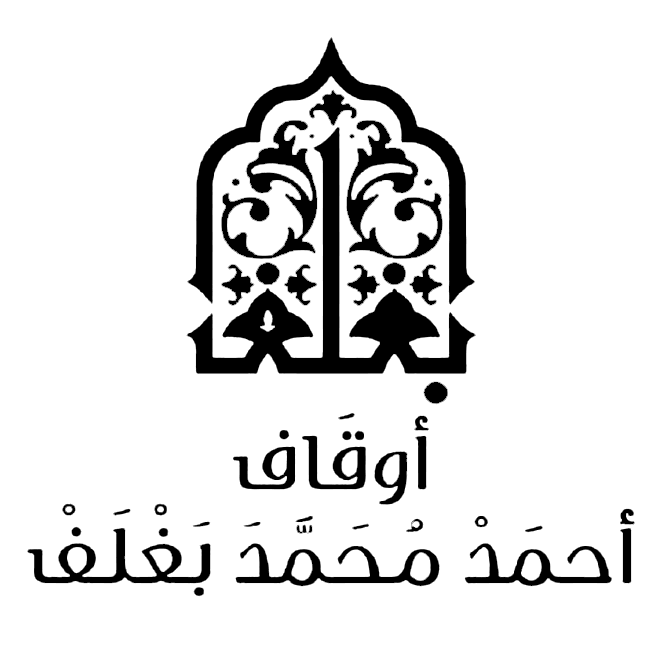447
It was narrated from ‘Ikrimah: Ibn ‘Abbas said to me and to his son ‘Ali: Go [both of you] to Abu Sa‘id and listen to what he tells you. So we went and found him in a garden, tending it. He took his rida’ and wrapped it around himself, then he began to talk to us, until he came to the story of the building of the mosque. He said: We were carrying bricks one at a time, and ‘Ammar was carrying two bricks at a time. The Prophet (blessings and peace of Allah be upon him) saw him, then he brushed the dust off him and said: “Poor ‘Ammar! The transgressing group will kill him. He will be calling them to Paradise, but they will be calling him to Hell.” And ‘Ammar said: I seek refuge with Allah from tribulations..
Commentary :
The Prophet (blessings and peace of Allah be upon him) was keen to teach his ummah and warn them against tribulation (fitnah) and division. The true Muslim reflects on the words and teachings of the Prophet, and tries as much as he can to save himself and his Muslim community from falling into tribulations that could lead to confusion and misguidance.
In this hadith, the Tabi‘i ‘Ikrimah – who was one of the students of Ibn ‘Abbas and a freed slave of his – narrates that Ibn ‘Abbas (may Allah be pleased with him) said to him and his son ‘Ali ibn ‘Abdillah ibn ‘Abbas: Go to Abu Sa‘id Sa‘d ibn Malik al-Khudri (may Allah be pleased with him), the companion of the Messenger of Allah (blessings and peace of Allah be upon him), and listen to him and learn from him. He only sent them to listen to his words so that they could hear what he could tell them about the Kharijis, as was mentioned in a report narrated by al-Hakim. They were one of the most extreme groups of innovators with whom Allah tested the people of Islam; they regarded Muslims as disbelievers and did not refrain from shedding their blood, even though they strove hard in worship, prayer and fasting. When they went to Abu Sa‘id (may Allah be pleased with him), they found him in a garden of his, working on it and tending it. He took his rida’ and wrapped himself in it, sitting upright with his knees drawn up to his chest, wrapping himself with his turban or with a garment or something else. He may also have done that using his arms. It was said that he sat on his posterior, drew up his legs and wrapped himself in a garment and the like.
Then he told them what he had of knowledge, until he came to the story of the building of the Prophet’s Mosque. He told them that the Sahabah (may Allah be pleased with them) were carrying bricks for the construction of the mosque one by one. A brick is something made of soft clay that is dried in the sun, then is used for building like stones. But ‘Ammar was carrying two bricks at a time. The Prophet (blessings and peace of Allah be upon him) saw him, so he began to brush dust from him, saying to him: “Poor ‘Ammar!” This is an expression of compassion and pity for a calamity that would befall him. Then he told him that the transgressing group would kill him – this refers to the group of wrongdoers who rebelled and refused to obey the just leader. They are the ones who killed him at the Battle of Siffin. “He will be calling them to Paradise”, that is, the way that leads to Paradise, which is obedience to the leader, just as what leads to Hell is disobedience to him. “but they will be calling him to Hell,” that is, they will think that they are calling him to Paradise, when in reality it is a call to Hell.
These words, “He will be calling them to Paradise, but they will be calling him to Hell,” were a foretelling that that would happen to him, hence when he heard that, ‘Ammar (may Allah be pleased with him) sought refuge with Allah from tribulations, because no one knows, when there are tribulations and internal strife, whether he is earning reward or incurring sin, except on the basis of conjecture. If ‘Ammar was certain that he was going to earn reward, he would not have sought refuge with Allah from reward. This indicates that ‘Ammar was following the right path, unlike those who opposed him.
This hadith indicates that the scholar who has abundant knowledge and is keen for his children to learn may send his children to other scholars so that they may also teach him, even if he himself has more knowledge and understanding, because of what he hopes they will learn from others of knowledge that he does not have.
It indicates that the scholar should prepare himself before he narrates hadith, and sit in a manner that is appropriate to narrating hadith, and that he should not narrate hadith if he is busy with something, until he has finished it, out of respect for hadith. This is how the early generations (salaf) conducted themselves.
In this hadith we see one of the signs of the prophethood of the Prophet (blessings and peace of Allah be upon him). It clearly highlights the virtue of ‘Ammar ibn Yasir (may Allah be pleased with him).
It indicates that one should seek refuge with Allah from tribulations.
It indicates that cooperating in building a mosque is one of the best of deeds, because it is something for which a person will continue to earn reward after he dies.
It indicates that we should honour one who is striving in Allah’s cause, and show kindness to him in word and deed.
It indicates that it is prescribed to take care of one’s worldly affairs, such as tending one’s garden oneself..

 Bukhari hadiths
Bukhari hadiths






